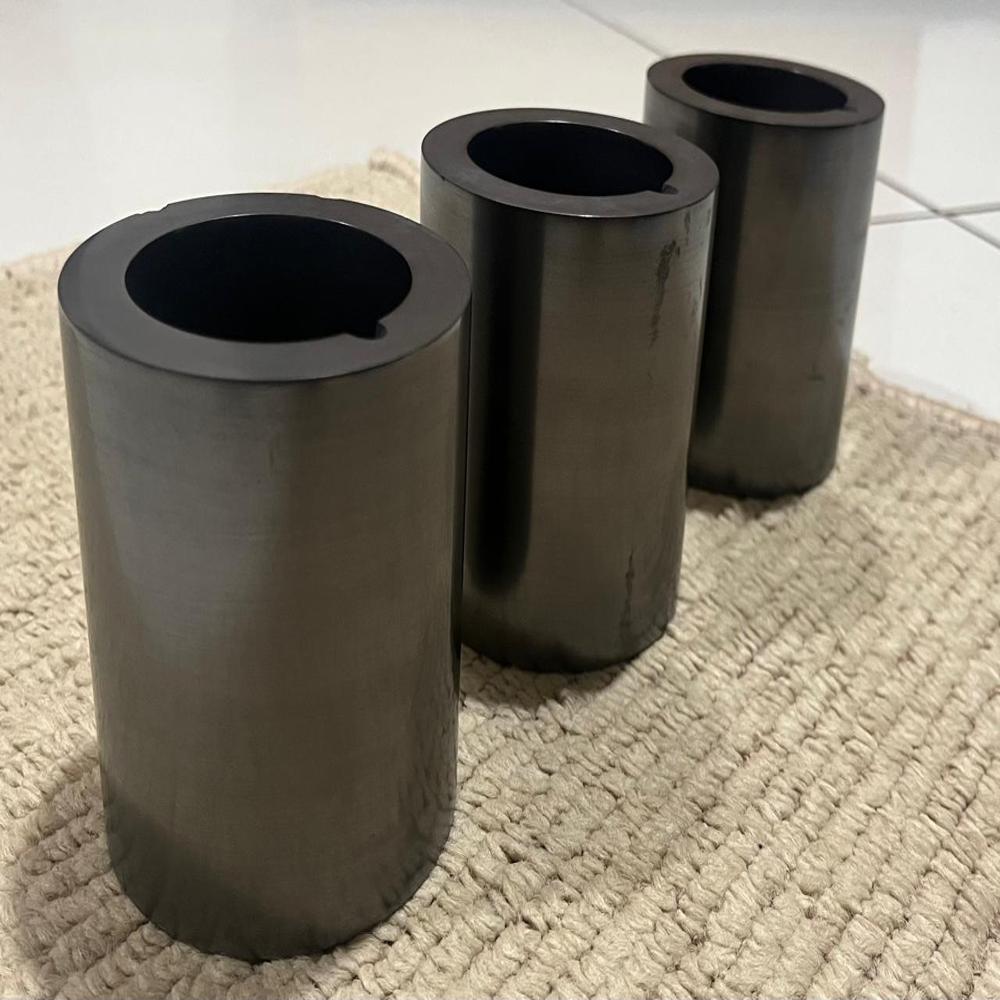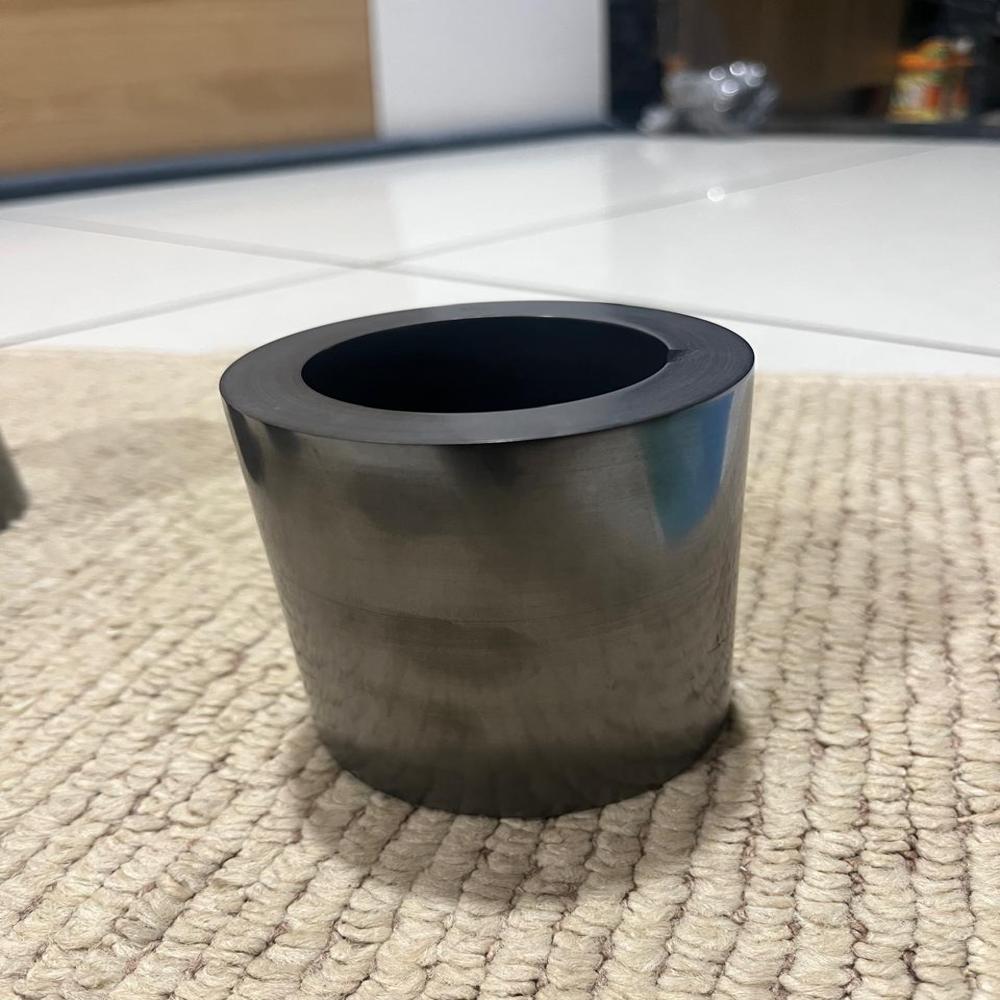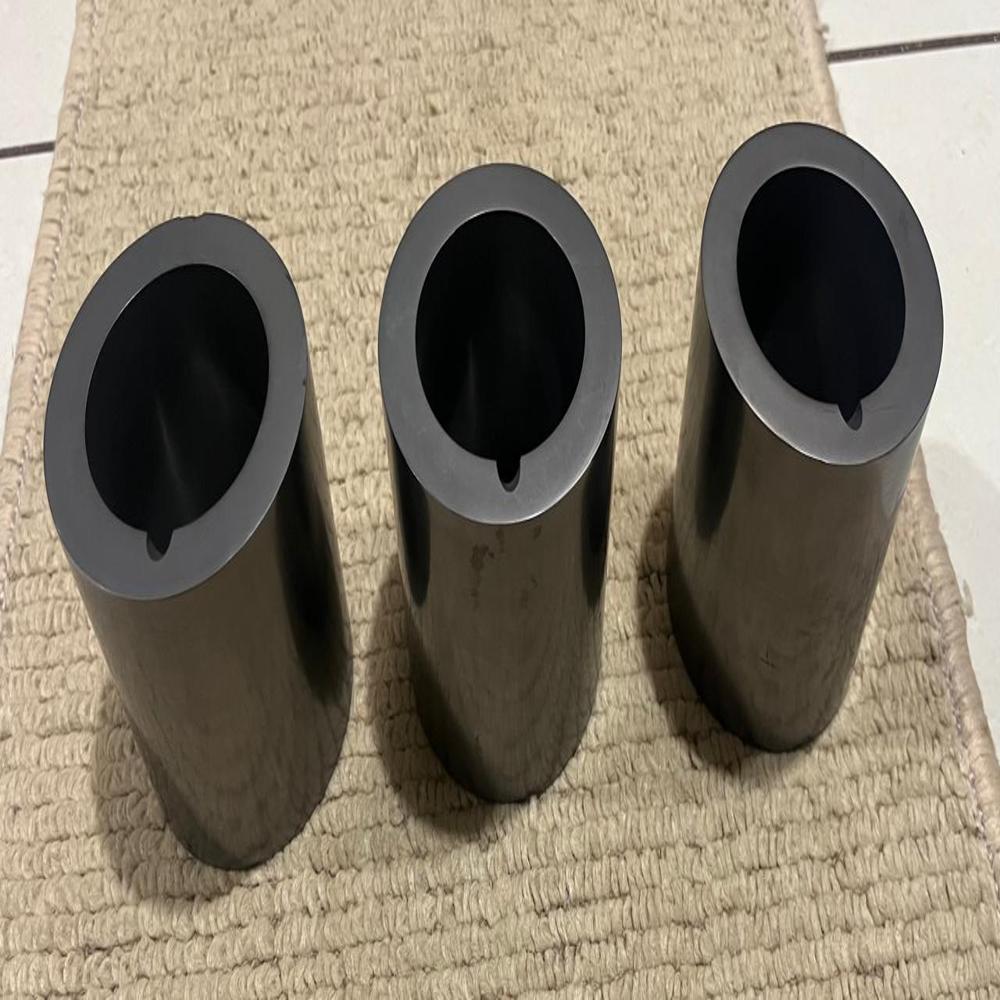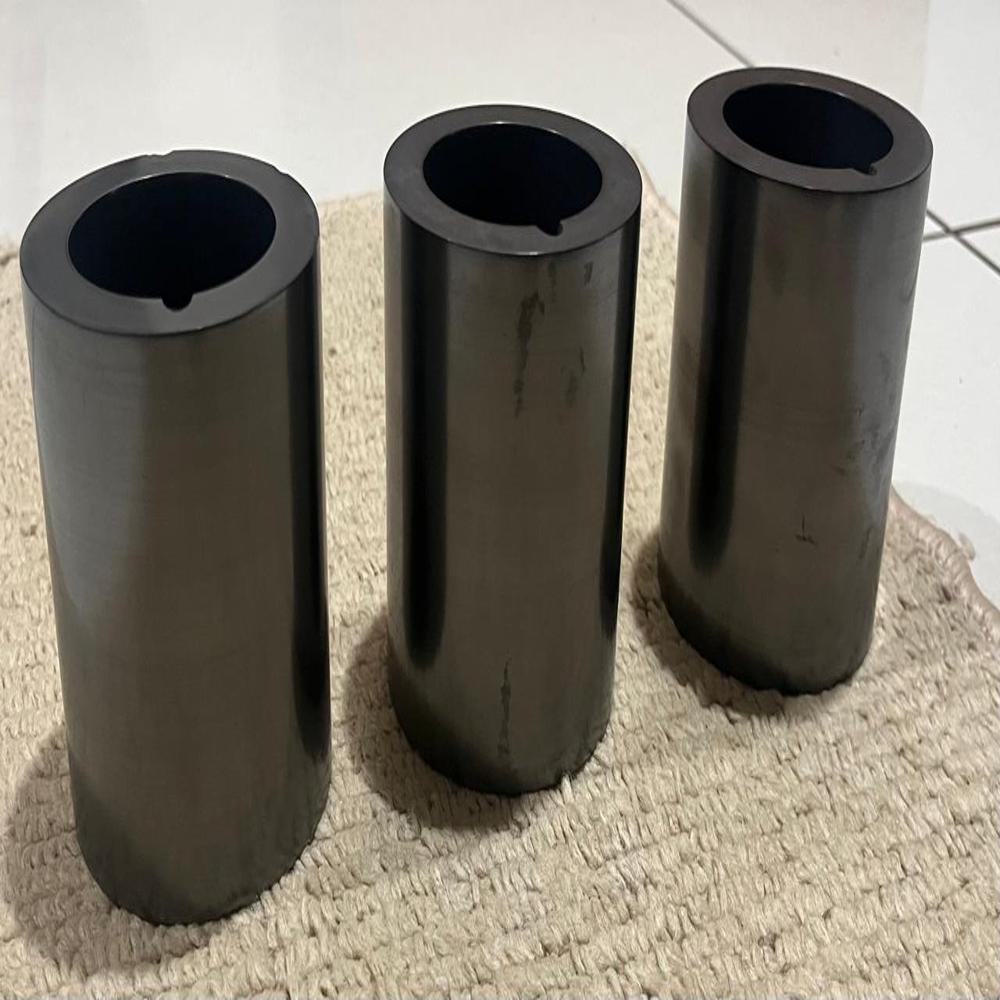GOLD MELTING CRUSIBLE
GOLD MELTING CRUSIBLE Trade Information
- Minimum Order Quantity
- 1000 Pieces
- Supply Ability
- 1000 Pieces Per Day
- Delivery Time
- 7 Days
About GOLD MELTING CRUSIBLE
The specifications for a graphite crucible used for gold melting include:
Temperature Resistance: The crucible can withstand very high temperatures up to around 2000C, which is well above gold's melting point of approximately 1064C. This ensures thermal stability during melting.
Material: Made from natural or high purity graphite, the crucible has high thermal conductivity and mechanical strength, good oxidation and corrosion resistance.
Size and Capacity: Crucibles come in various sizes depending on the amount of gold to melt. It is recommended to choose a crucible capacity at least 1.5 times the weight of the gold being melted to allow space for flux and avoid overflow.
Shape: Common shapes include cylindrical and conical. Cylindrical crucibles are preferred for even heating.
Thermal Shock Resistance: Graphite crucibles have good resistance to thermal shocks but should not be rapidly cooled to avoid cracking.
Additional Features: Some crucibles may have a special glaze layer to improve corrosion resistance and durability.
Handling: Preheating the crucible before use is important, and heating should be done evenly and at controlled rates (10-20C per minute) to avoid damage.
Density & Hardness: Typical graphite density ranges from about 1.8 to 1.93 g/cm with hardness around 50-70 on the scale used.
These graphite crucibles are widely used in jewelry and metalworking industries for melting gold due to their durability, thermal properties, and ability to maintain gold purity.
Typical dimensions and weight examples include crucibles from 1kg to 8kg capacity with sizes around 35-110 mm in diameter and 80-180 mm in height, depending on model and capacity .





Tell us about your requirement

Price:
Quantity
Select Unit
- 50
- 100
- 200
- 250
- 500
- 1000+
Additional detail
Mobile number
Email
More Products in GOLD MELTING GRAPHITE CRUSIBLE Category
GOLD MELTING GRAPHITE CRUSIBLE
Price 1800.0 INR / Unit
Minimum Order Quantity : 1000 Pieces
Form : Other
Smell : Fragrant
Melting Point : 2500
Purity : 99.90




